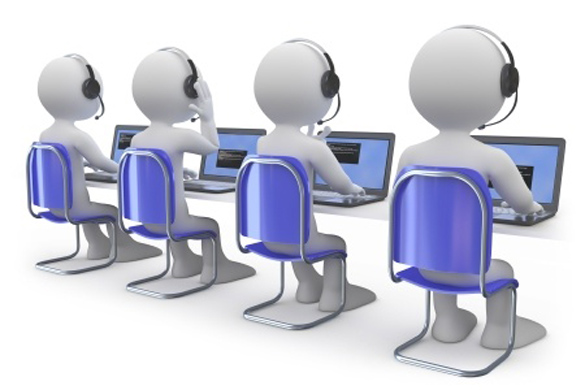Net Promoter Score refers to a management tool that can be utilized to gauge the loyalty of a firm’s customer relationships. It serves as an alternative to traditional customer satisfaction research and is correlated with revenue growth. NPS measures the loyalty that exists between a service provider and a consumer. The provider is the entity that is asking the questions on the NPS survey and consumer is the customer, employee, or respondent to an NPS survey.

Working of net promoter score:
The Net Promoter Score is calculated based on responses to a single question: How likely is it that you would recommend our company/product/service to a friend or colleague? The scoring for this answer is most often based on a 0 to 10 scale. Moreover the consumers are also categorized according to the score with which they respond:
i) The ones who respond with a score of 9 to 10 are called Promoters, and are considered likely to exhibit value-creating behaviors, such as buying more, remaining customers for longer etc.
ii) Those who respond with a score of 0 to 6 are labeled Detractors, and they are believed to be less likely to exhibit the value-creating behaviors.
iii) Responses of 7 and 8 are labeled Passives, and their behavior falls in the middle of Promoters and Detractors.

The Net Promoter Score is calculated by subtracting the percentage of detractors from the percentage of promoters. For calculating a net promoter score, passives count towards the total number of respondents, thus decreasing the percentage of detractors and promoters and pushing the net score towards 0.
Companies are encouraged to follow the likelihood to recommend question with an open-ended request for elaboration, soliciting the reasons for a customer’s rating of that company or product. These reasons can further be provided to front-line employees and management teams for follow-up action. Moreover, additional questions can be included to assist with understanding the perception of various products, services, and lines of business.

Net Promoter System also requires a process called closing the loop. It is a process by which the provider actively makes efforts to convert a detractor into a promoter.

Proponents of the Net Promoter approach claim that the score can be used to motivate an organization to become more focused on improving products and services for consumers. A customer is able to leave comments in the surveys sent to them which allows a company to use the VOC (Voice of Customer) to ensure that company is meeting the expectations.
































